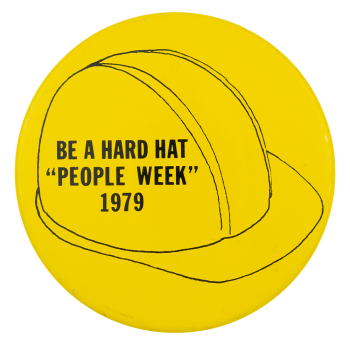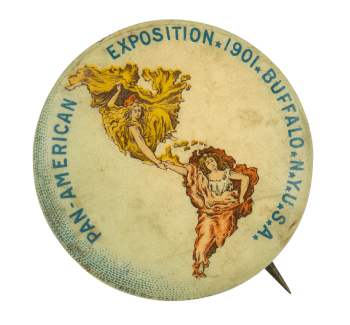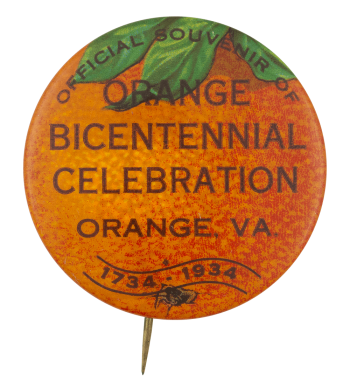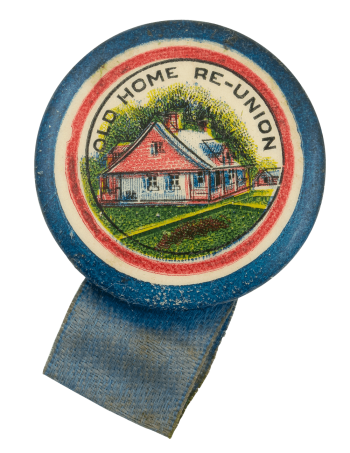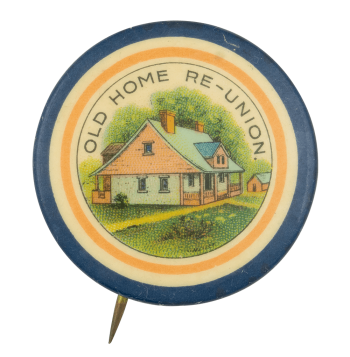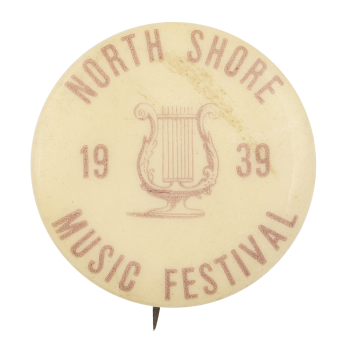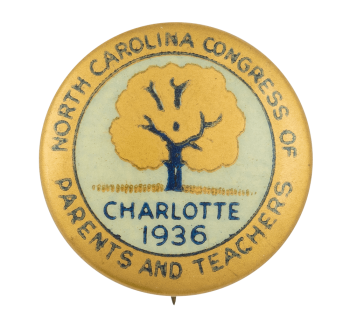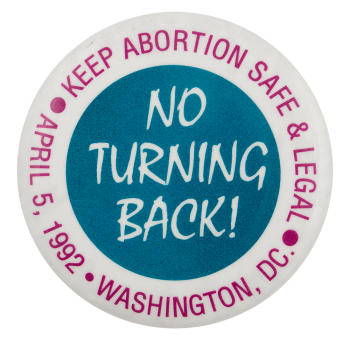People Week 1979
| Category | |
|---|---|
| Additional Images | |
| Sub Categories | |
| Text on Button | BE A HARD HAT "PEOPLE WEEK" 1979 |
| Image Description | Black text and an illustration of a hard hat on a yellow background |
| Back Style | |
| The Shape | |
| The Size | |
| Year / Decade Made | |
| Additional Information | The State Street "People Week" is a week long celebration where businesses on State Street in Chicago take part in events and a sidewalk sale. "People Week" started in the 1960s and was celebrated annually through the 1970s and on. It was renamed State Street Days in the 1980s. The event celebrated the businesses and the Chicagoans who frequented them with music, events, magicians, puppet shows, and sponsored booths from around the city. |
| Sources |
Ledermann, R. P. (2011). State Street: One Brick at a Time. Mount Pleasant, SC: Arcadia Publishing. |
| Catalog ID | EV0584 |

